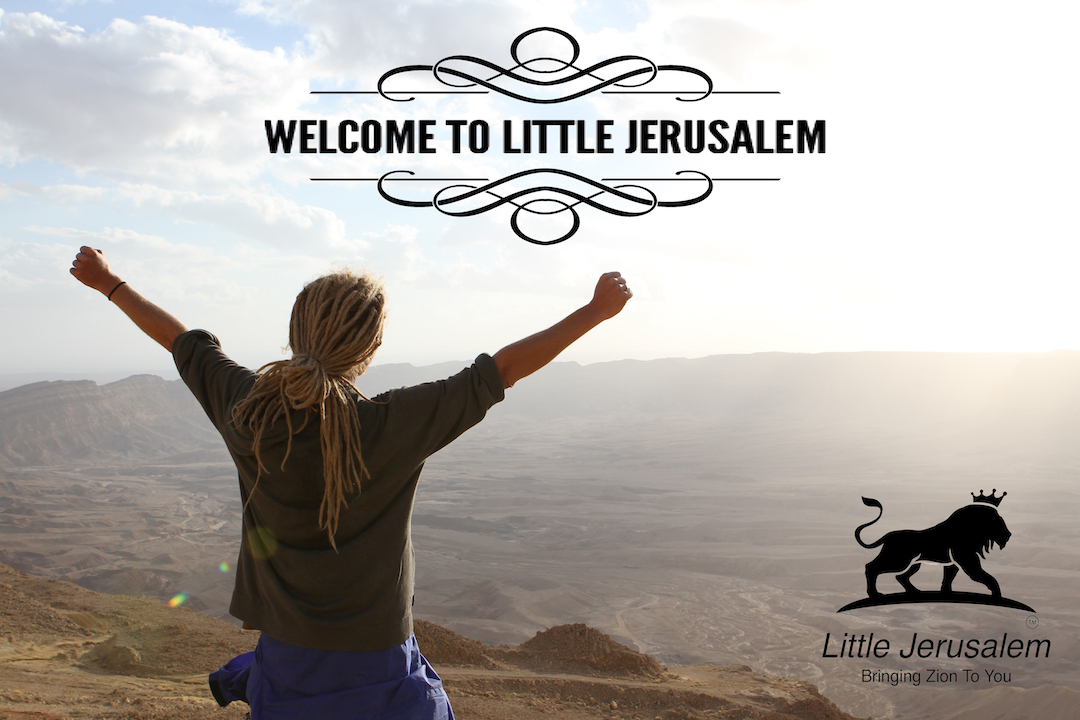The Hurva Synogogue
The recent reopening of the Hurva Synagogue in the Jewish Quarter of the Old City had been in the making for a long time – but this has itself become something of a tradition.
Several years after it was founded, in 1721, the synagogue was also destroyed for the first time, lying in ruins for more than 140 years. That is also the source of its name, which literally means ‘The Ruin.’ The first rebuilding of the synagogue was in 1864, and this time it remained standing for quite a bit longer, serving as Jerusalem’s central Ashkenazi sanctuary until it was razed by the Arab Legion during the 1948 War of Independence.
Israel regained control of the site during the 1967 Six-Day War, erecting a commemorative arch in 1977. For the next thirty-odd years, the ruins of
The Hurva would serve as a monument to the destruction of the Jewish Quarter in 1948. But it wasn’t until the year 2000 that plans to rebuild The Hurva were approved by the Israeli government.
The synagogue, which was dedicated anew in March, 2010, was built to evoke its neo-Byzantine 19th century phase, complete with four pilasters and a large dome. Today, the building stands tall once more, a resplendent testament to the perseverance (some would say, obstinacy) of the Jewish residents of the Old City in particular, and world-over in general.
